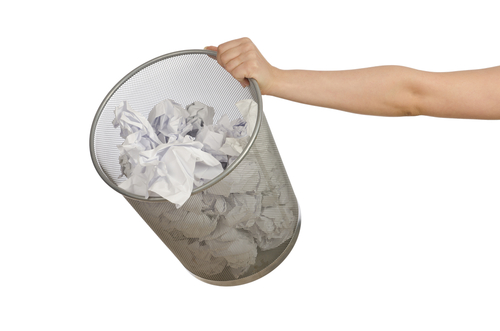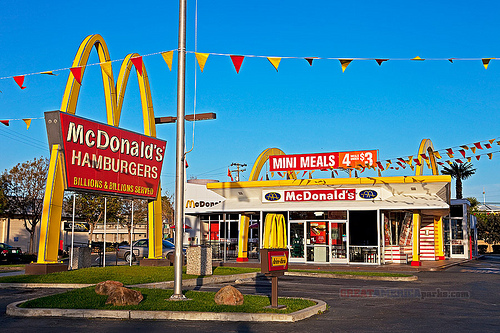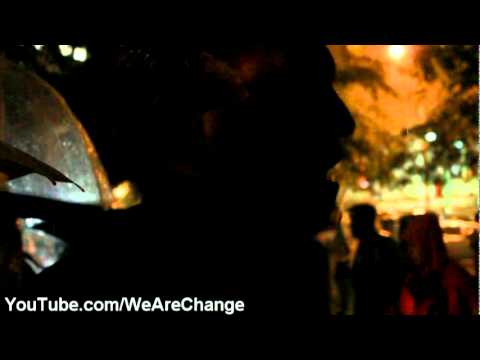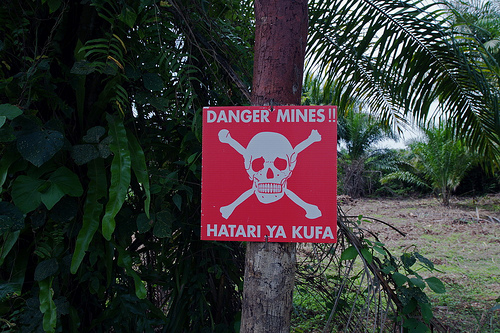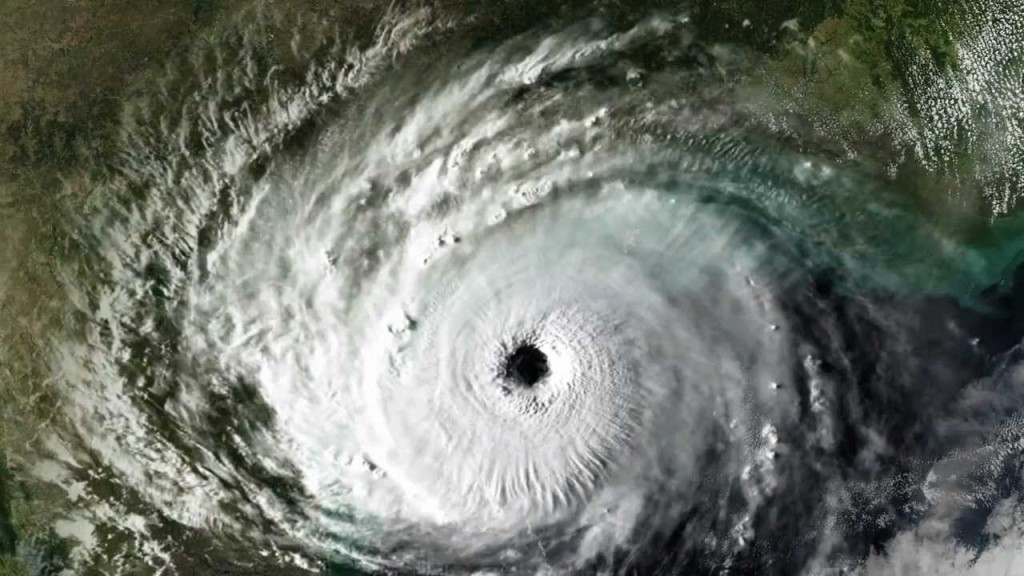 This will probably get me drummed out of Greenpeace, but I’m increasingly of the opinion that the greenest thing to do with paper is to use lots of it, preferably printing on it first, and NOT recycle it. Instead bury it somewhere anaerobic, so it won’t decay for a long time. Then grow more trees to extract more CO2 from the atmosphere, turn them into paper, and bury that too after use.
This will probably get me drummed out of Greenpeace, but I’m increasingly of the opinion that the greenest thing to do with paper is to use lots of it, preferably printing on it first, and NOT recycle it. Instead bury it somewhere anaerobic, so it won’t decay for a long time. Then grow more trees to extract more CO2 from the atmosphere, turn them into paper, and bury that too after use.
This is a cheaper and more immediate alternative to the expensive ‘carbon capture’ schemes being vaguely proposed for some future period, such as extracting atmospheric CO2 and pumping it down to the bottom of deep oceans.
Why? Well what are fossil fuels other than ancient biomass carbon (originally extracted from atmospheric CO2) that was trapped millions of years ago and so did not decay back into CO2? By extracting and burning them for energy, we are returning that ancient carbon to the atmosphere too fast for natural processes to cope with it.
Burying waste paper is, crudely, equivalent to making new coal. Where to bury it? How about worked-out coal mines, of which we have rather a lot in the UK? This only works up to a point, as coal is highly compressed ex-biomass, and paper is uncompressed and so less space-efficient. Still, I reckon it’s worth thinking about.
There are all sorts of calculations to make about total energy consumption/CO2 emissions of paper making and the burying process, but it’s got to be more ‘carbon efficient’ than recycling.
Because paper is a commercial product with a mature and widespread end-to-end infrastructure, it could be a partly self-financing process and more directly effective than the carbon credit or offsetting schemes that so far mainly seem to be generators of fraud and bureaucracy rather than environmental benefactors.”Finch Paper and FOPAP.org have published research that growing trees removes CO2 from the atmosphere and locks it in. Once the tree is grown, it loses its storage capacity, at which time it should be turned into pulp and made into paper, build homes, and for other uses. Once the paper has been used, it should be buried underground where the natural sequence of producing carbon happens over time — just how the carbon we use today was created.”
What do you think?
Follow the Inspired Economist on Twitter
Photo courtesy of Shutterstock

